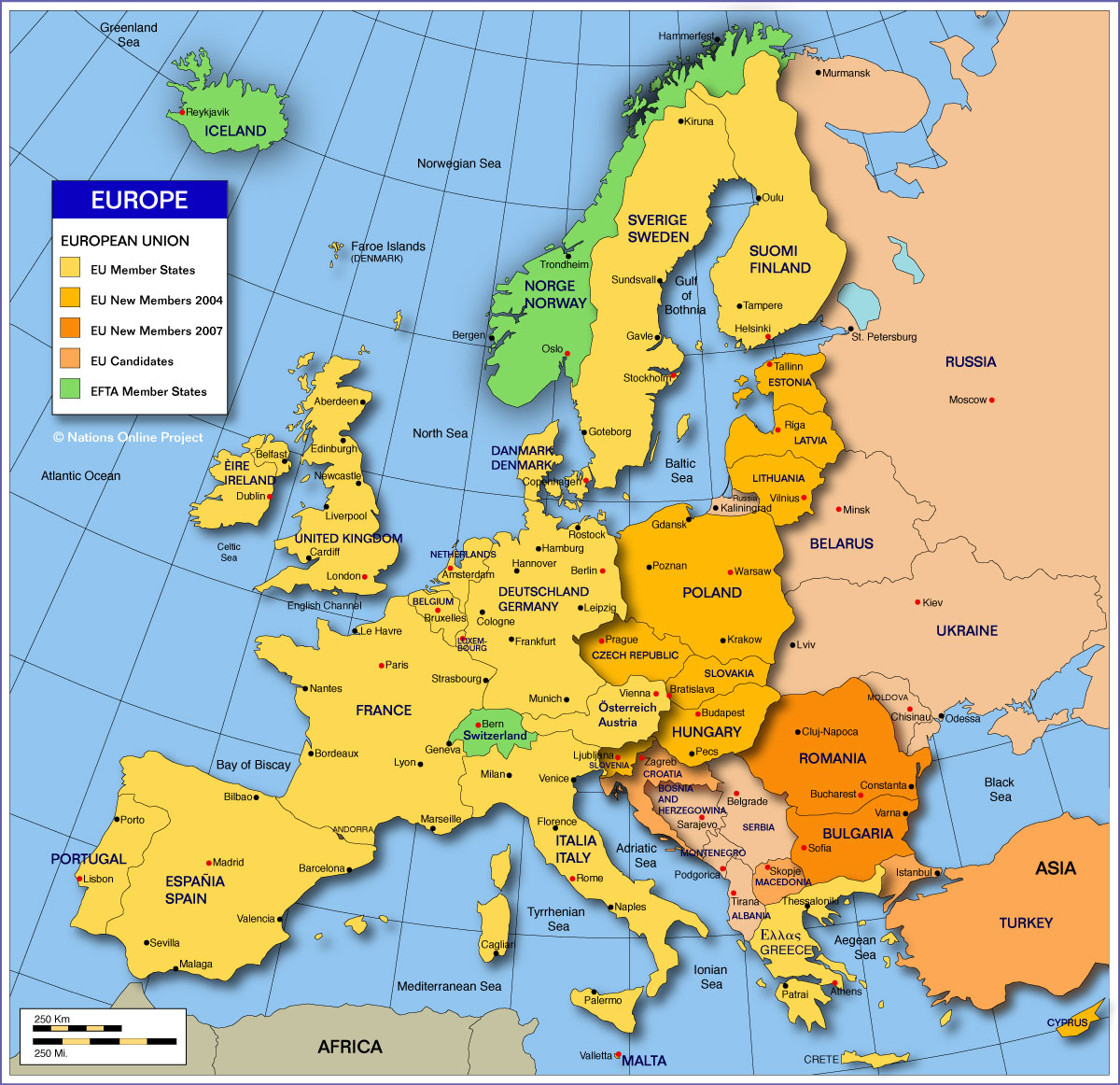People who “suffer” the least are concentrated in a few areas, according to a new poll from Gallup. These countries have a number of circumstances that are common among their populations as well.
The new research shows:
Suffering was 2% or less in 17 countries and areas — most of them wealthier and more developed countries. Some developing countries also made this list: Thailand, Venezuela, Nigeria, the Somaliland region, and Libya. Gallup trend data show suffering in the first four countries and areas has been consistently low since Gallup started surveying in these places. The 2012 study in Libya is the only nationally representative study Gallup conducted so far in this country.
The entire list of countries where people suffer least includes Libya, Kuwait, Netherlands, Thailand, Denmark, New Zealand, Canada, Australia, Venezuela, Somaliland, Switzerland, Nigeria, United Arab Emirates, Norway, Sweden, Qatar and Iceland. The figure for the United States is also a relatively small 4%.
Gallup claims that the common factors among the countries are these:
Across countries, measures of well-being are highly related to income, education levels, and reported disease conditions. Individuals who are thriving have fewer disease conditions, fewer sick days, and higher incomes; are more highly educated; and have better work environments. Residents in countries with higher percentages of thriving respondents also report that the area they live in is a good place to live for people of different ethnicities, races, and cultures.
And at the other end of the spectrum:
For the third year in a row, Bulgaria in 2012 once again had the negative distinction of leading the global suffering list, with 39% of Bulgarians rating their lives poorly enough to be considered “suffering.” However, this time, Bulgaria is not alone at the top. Thirty-seven percent of Armenians were suffering, and Cambodians, Haitians, Hungarians, Malagasy, Macedonians, and Iranians followed closely behind.
Methodology: Results are based on telephone and face-to-face interviews with approximately 1,000 adults, aged 15 and older, per country. For results based on the total sample of national adults, one can say with 95% confidence that the maximum margin of sampling error ranged from a low of ±1.7 percentage points to ±5.6 percentage points.
Take Charge of Your Retirement In Just A Few Minutes (Sponsor)
Retirement planning doesn’t have to feel overwhelming. The key is finding expert guidance—and SmartAsset’s simple quiz makes it easier than ever for you to connect with a vetted financial advisor.
Here’s how it works:
- Answer a Few Simple Questions. Tell us a bit about your goals and preferences—it only takes a few minutes!
- Get Matched with Vetted Advisors Our smart tool matches you with up to three pre-screened, vetted advisors who serve your area and are held to a fiduciary standard to act in your best interests. Click here to begin
- Choose Your Fit Review their profiles, schedule an introductory call (or meet in person), and select the advisor who feel is right for you.
Why wait? Start building the retirement you’ve always dreamed of. Click here to get started today!
Thank you for reading! Have some feedback for us?
Contact the 24/7 Wall St. editorial team.


